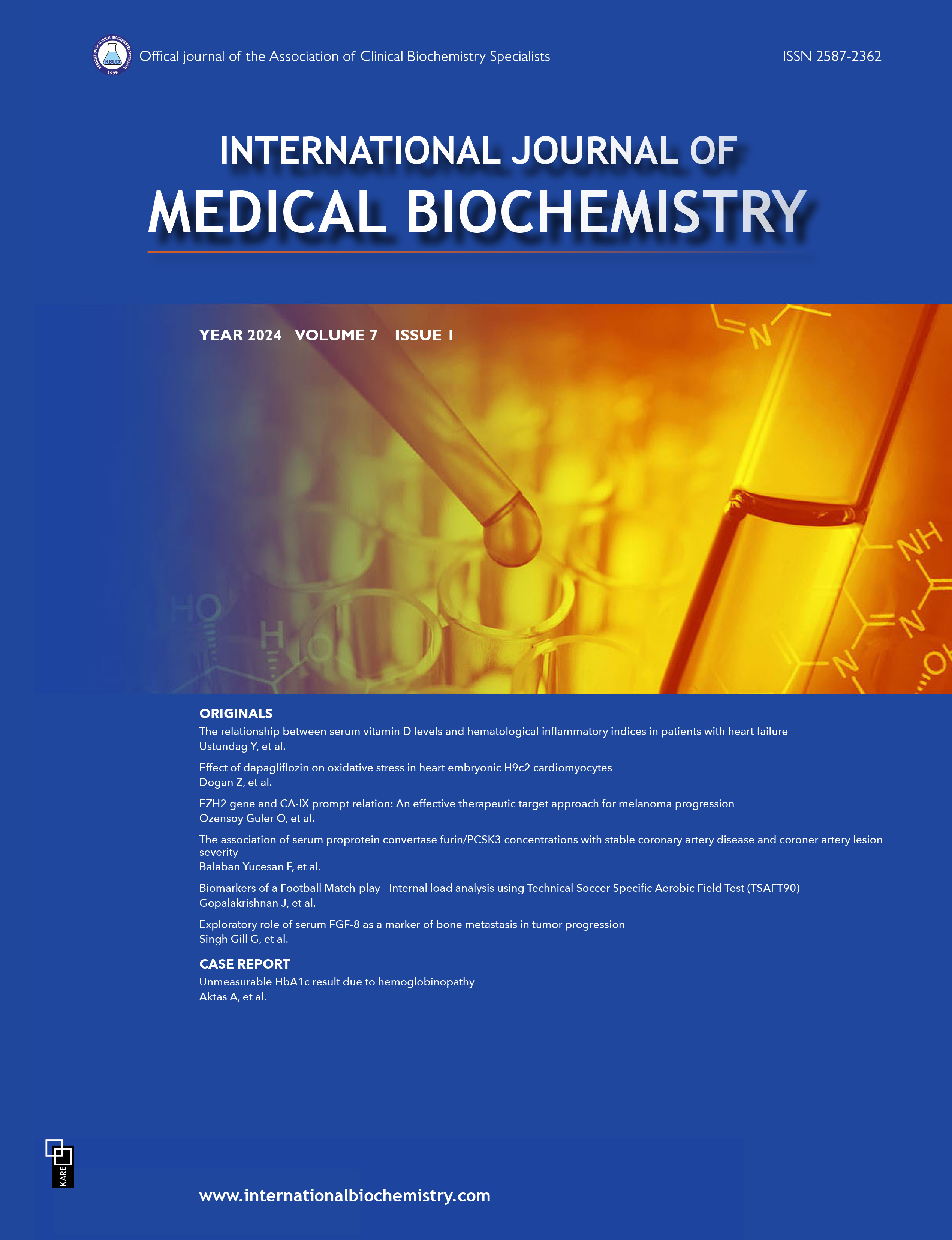Soluble FMS-like tyrosine kinase-1: An overview
Sathya Selvarajan1, Jothimalar Ramalingam2, Veena Venugopal31Department of Laboratory Medicine, Sri Ramachandra Medical College and Research Institute, SRIHER, Chennai, India2Department of Biochemistry,Sri Ramachandra Medical College and Research Institute, SRIHER, Chennai, India
3Department of Biochemisty, Saveetha Medical College and Hospital, Chennai, India
The soluble FMS-like tyrosine kinase-1 (sFLT-1) or soluble vascular endothelial growth factor receptor 1 (VEGF-R1) is a receptor tyrosine kinase which inhibits the mitogenic activity of VEGF by decreasing its availability for binding with transmembrane receptors. VEGFRs exist in various isoforms due to alternative splicing from the same gene. sFLT-1 along with another of its isoform sFLT1-14 is found in abundance in the cytotrophoblast of placenta, and also in the cornea, liver, brain, and kidney. Hypoxia is the key trigger in inducing production of sFLT-1. In normal pregnancy, the soluble receptor regulates the process of vascular transformation by modulating the balance between VEGF-R1 and sFLT-1 activity. Proteinuria and hypertension in pre-eclamptic women have been found to be associated with an elevated level of sFLT-1. sFLT-1 blocks the podocytederived VEGF and induces damage of the glomerular endothelium leading to proteinuria and blockage of endothelial nitric oxide signaling pathways resulting in hypertension. In ectopic pregnancy, the abnormal implantation of the embryo simulates a hypoxic environment inducing excess production of VEGF and its consequent binding to sFLT-1. The usage of sFLT-1 as an early biomarker of preeclampsia, ectopic pregnancy, and other failing pregnancies is being studied. Variation in sFLT-1 levels has also been identified in cardiovascular diseases, chronic kidney disease, non-healing ulcers, and liver cirrhosis to name a few. Therapeutic use of sFLT-1 to reduce angiogenesis in various conditions like cancer is currently being pursued.
Keywords: Angiogenesis, ectopic pregnancy, hypoxia, pre-eclampsia, VEGFCorresponding Author: Sathya Selvarajan, India
Manuscript Language: English



















